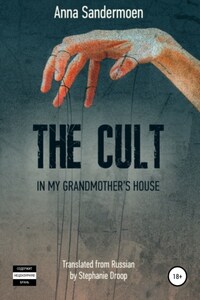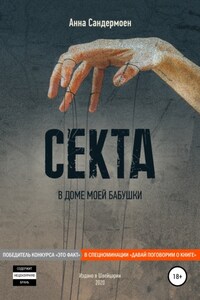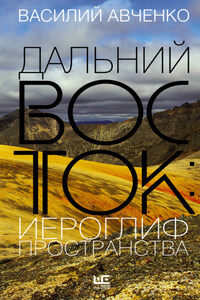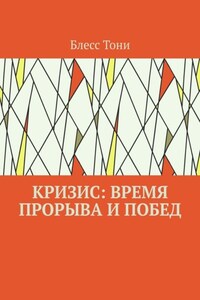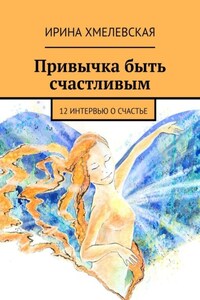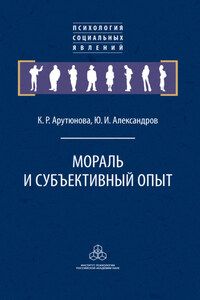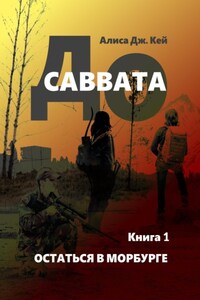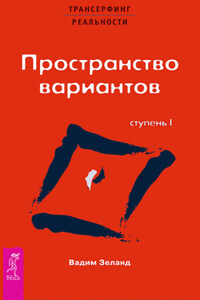Introduction by Kjetil Sandermoen
The story you are about to read was written by my dear wife Ania. It is a true story about a large part of her childhood, and I am sure it will move and impact you.
Among a lot of incredibly shocking anecdotes in this book, the one that touched me the most is where Ania describes how she was sent back to her grandmother’s house, so full of happy and joyful memories, only to find it full of strangers living there in what turned out to be a cult, and her loving grandmother now treating the young girl as if she was an unwanted stranger. That Ania has chosen to call her book The Cult in my Grandmother’s House is probably evidence that this particular part of her story affected her deeply as well.
When I met my wife and she eventually told me just a little bit about her background of growing up in a cult, I must admit I had to discuss with myself how this could have given rise to fears and problems that she would bring with her into our relationship.
Ania is a very strong and proud person and it is not her habit to focus on the negative aspects of life. The childhood stories that she usually shares with friends and family are the fun and nostalgic ones. However, I know that the years taken from her childhood spent in a cult is a painful past that she will always bring with her. I have therefore encouraged her to write this book about these years. It can stand as a warning to any adult who would contemplate joining a cult or a sect, or – as in Ania case even worse – sending your child away to a cult. I believe that writing the book is also a part of a healing process for Ania. It is a story worth writing down and indeed a story worth reading.
Any kind of cult is dangerous and destructive. The core of a cult is sectarianism, which is the idea that members of the cult are convinced that their salvation and success, based on their particular objectives, aggressively require to find converts from outside the cult in order to succeed with their political, religious or ideological project. It is always based on a very oppressive hierarchy, almost always under the dictatorial leadership of a charlatan whose motives are dominance, power, and sexual and material privileges.
The cult that Ania describes in this book is in my opinion extraordinarily dangerous since it claims it can cure disorders like schizophrenia and fatal diseases like cancer. The idea was that children are spoiled and become “weak” by being brought up by their parents and therefore have to be taken care of by strangers. Illness is (according to this cult) a result of negative thinking by weak humans. The leader claimed that the whole world was suffering from schizophrenia (he made a big market for himself). Only his wisdom could cure it.
These ideas were unfortunately in unison with the prevailing ideology of the USSR where they wanted to diminish the family and replace it with upbringing by the Communist Party to create the Homo sovieticus. In the USSR people were also readily accused of being schizophrenic and sent away for forced “treatment” if they had the courage to stand up against this totalitarian system.
I have observed that still today any mental disorder is nonchalantly labelled “schizophrenia” in Russia. It is as if it is not completely understood that this is a very serious, disabling and incurable psychiatric disorder. Schizophrenia involves a number of serious problems with thinking, behaviour or emotions and it requires lifelong medication and treatment. I am absolutely confident that very few – if any – members of this cult were actually suffering from schizophrenia. However, they were manipulated into obedience and treated with ridiculous methods by dilettantes.
